Translating European Portuguese to English is never simple, but one of the most delicate challenges is handling formality and politeness. Portuguese has a wide spectrum of subtle social cues embedded in grammar, pronouns, verb forms, and honorifics. These elements signal respect, distance, warmth, hierarchy, or familiarity—sometimes all at once. English, on the other hand, is far more streamlined. It uses tone, word choice, or context rather than grammatical structures to express politeness. Because of this, translators must make intuitive, cultural decisions rather than relying on direct equivalents.
When a Portuguese speaker shifts from tu to você, softens phrasing with conditional verbs, or uses respectful titles, they’re saying much more than the words themselves. But how do you keep those nuances alive in English without sounding stiff, archaic, or overly formal? In this article, we’ll explore the social, cultural, and linguistic dynamics behind Portuguese formality, break down why English can’t mirror those structures, and offer practical adaptation strategies for translators working in European Portuguese to English localization. Whether you’re translating business emails, customer service messages, or scripts, mastering politeness is essential to communicating the right tone.
- The Social Weight Behind Tu, Você, and O Senhor
Portuguese uses pronouns to establish social distance. Tu is intimate and casual; você is respectful but still informal; o senhor and a senhora express deep respect. English uses only “you,” so translators must replicate politeness using tone and context instead of grammar.
- Verb Conjugation as a Politeness Signal
Second-person verb forms in Portuguese shift depending on social hierarchy. Since English doesn’t conjugate verbs for politeness, translators rely on modal verbs (“could,” “would”) or softer phrasing to recreate courtesy.
- Indirectness and Softening Strategies
Portuguese often uses indirect expressions like “seria possível” (“would it be possible”) to soften requests. In English, too much indirectness sounds unnatural. Translators must balance politeness with clarity, choosing neutral, reader-friendly alternatives such as “Could you please…” or “Would you mind…”
- Honorifics and Professional Titles
Portuguese frequently uses titles such as Doutor, Engenheiro, and Professor in everyday interactions. English uses titles less often outside formal settings. Translators decide whether to keep the title, adjust it, or remove it depending on cultural expectation.
- Formality in Business Communication
Portuguese business writing favors long, elegant sentences and formal salutations like “Exmos. Senhores.” English business communication is shorter and more direct. Translators simplify structure to maintain professionalism without sounding outdated.
- Email Etiquette Differences
A typical Portuguese email may include polite openings such as “Venho por este meio” or “Serve a presente para.” Translating these literally feels awkward. Instead, translators use clean English equivalents like “I’m writing to inform you…” or “This message is to confirm…”
- Customer Service Tone
Portuguese customer service messages lean toward cordiality. English versions must stay friendly while avoiding overly flowery language. Translators adapt by keeping warmth but prioritizing efficiency and readability.
- The Risk of Over-Formalization in English
Direct translations often make English sound overly stiff—like Victorian-era speech. The solution is to preserve respect through word choice, positive tone, and professional clarity, not through heavy formality.
- Cultural Expectations Around Respect
Portugal’s communication culture values politeness as a social norm. English expresses respect through brevity, clarity, and empathy. Translators must understand this cultural shift to avoid tone mismatch.
- When It’s Better to Rewrite Completely
Sometimes, the safest and most natural solution is a full rewrite. Translators reframe sentences entirely to capture intention—showing respect without replicating structures that don’t exist in English.
Conclusion
Translating Portuguese formality and politeness into English is less about linguistic equivalence and more about cultural adaptation. The Portuguese language carries layers of social meaning through pronouns, verb conjugations, and honorifics—elements English simply doesn’t share. That means translators must listen between the lines, focusing on intention rather than form. The goal is to sound respectful in English without falling into stiffness or ambiguity.
Effective translation requires a delicate balance: maintaining the original writer’s respectfulness while creating something that feels natural for English-speaking audiences. Whether you’re working in customer service, corporate communication, or localized content, understanding these cultural nuances helps you deliver messages that feel both polite and authentic. Mastering this skill elevates your European Portuguese to English translation work and ensures your audience receives the tone exactly as intended. And in the world of global communication, tone is often just as important as the words themselves.
FAQs
- Why doesn’t English have formal pronouns like Portuguese?
English historically lost formal pronouns over time, shifting toward simpler structures. - Should honorifics like Doutor always be translated?
Not always—context determines whether to keep, adapt, or omit them. - Why does Portuguese use so much indirect language?
Cultural norms value politeness, diplomacy, and social harmony. - Can Portuguese formality ever be translated literally?
Rarely—literaltranslations sound unnatural or excessively formal in English. - What’s the safest strategy when unsure?
Focus on intention: ask what tone the writer wants the reader to feel, then adapt accordingly.


